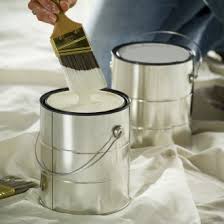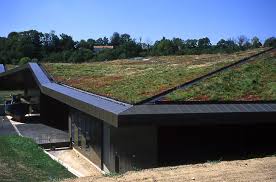Archive for June, 2014
Titanium Dioxide Roof Coating

Researchers at UC Riverside say roofs coated with Titanium Dioxide can reduce smog forming pollutants. Engineering students sprayed ordinary clay tiles with titanium dioxide and it removed 88% – 97% of the nitrogen oxide pollution from the air.
Ozone, the main ingredient in smog is created when nitrogen oxides react to sunlight. Nitrogen Oxides are gases that are created by vehicle exhaust, power plants and industrial stacks.
An estimated 21 tons of nitrogen oxides could be removed from the air each day if 1 million roofs were sprayed with titanium dioxide.
Kawaii Tam, a lecturer in UC Riverside Department of Chemical and Environmental Engineering, said “Even a light coating of titanium dioxide can be effective. It would take only about $5 worth of the compound to treat existing roof tiles of an average sized home”.
Titanium Dioxide products on the market now
While there are commercial tiles on the market available now, Tam said they can be expensive and few studies have determined their effectiveness. Most, if not all light colored or white wall and roof paints have titanium dioxide in them to make them opaque and reflective.
White reflective paint is also being used on flat roofing materials to reduce the heat island effect by lowering the roof’s temperature up to 80 degrees. The Lawrence Berkeley Laboratory in California estimates a minimum of 25% savings in energy use for the average homeowner with a roof with a reflective white coating.
Roofing materials tend to lose their reflective properties over time so it is suggested that you provide regular maintenance and remove dust and debris and occasional reapplications from your local roofer.
Green Roof Maintenance

There is no such thing as a no maintenance roof and that includes a green roof. Even roofs designed to be low maintenance will require 1 or 2 visits a year to remove dead plants and clear gutters and drains.
While some roofing contractors that install green roofs will offer maintenance for a specified period of time, it will be up to you to maintain your green roof. By making a maintenance plan in advance you can keep your green roof alive and thriving. The plan should include a site map, planting schedule, irrigation controls and inspection of plants and run off systems.
Once you are past the initial installation phase and the new plants are established you will need to check the roof at least once a month. Keep a record of soil tests, plants that are thriving and plants not doing so well, weeding schedule and any drainage concerns.
Fertilizing
Some roofs require once a year fertilizing, although it is not preferable to use fertilizers on the roof as run off will affect the local water quality. If rainwater is harvested for your roof, fertilizing will not be needed.
If the vegetation or maintenance brings you to the edge of the roof fall protection systems must be in place.
Before building a green roof, you will need to know the slope, load capacity, roof materials, drainage, waterproofing and water and electrical sources. You can contact a roofing consultant who will evaluate your current roof and help you design a suitable green roof system. Green roofs must also be designed to comply with local regulations.






